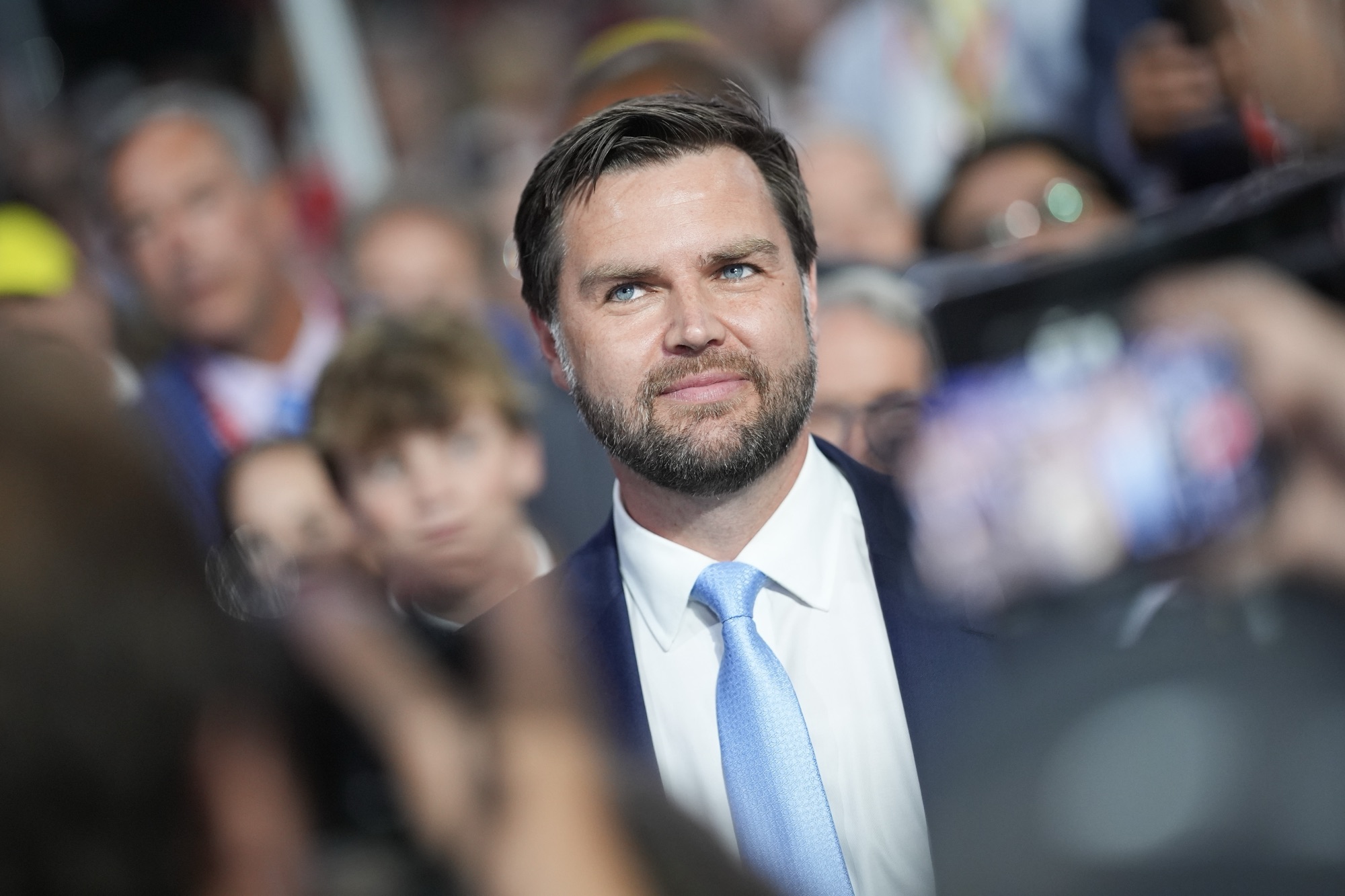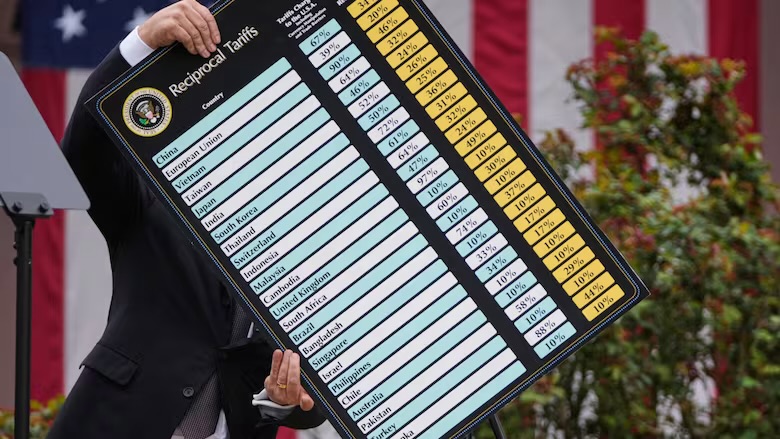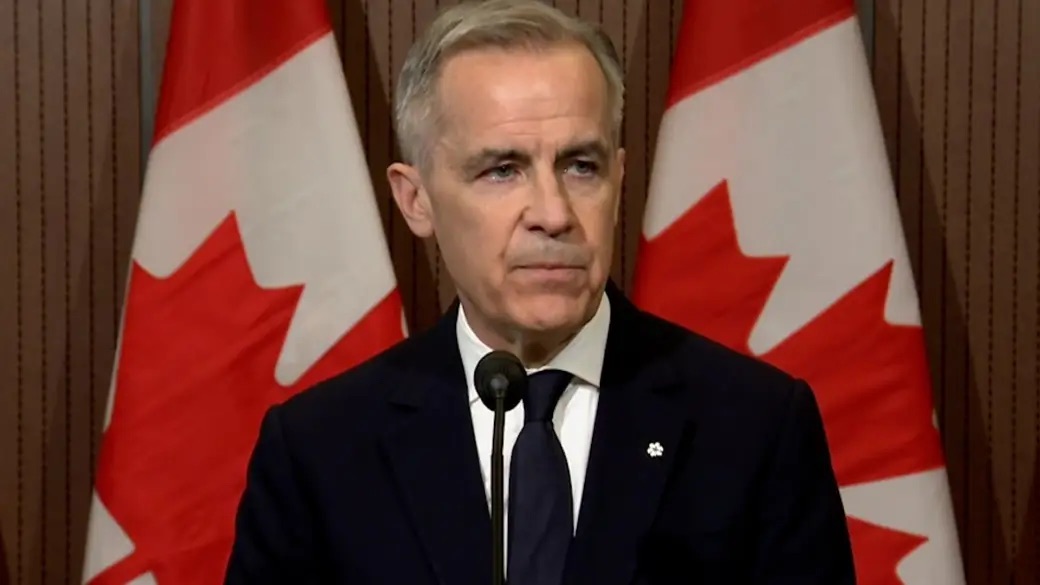In the glacial silence of Greenland, tensions warmed considerably this past week when Vice President J.D. Vance made a highly charged visit to the icy island's strategic Pituffik Space Base. What began as a diplomatic journey soon ignited controversy, drawing fierce criticism from Denmark and wary concerns from locals, setting the stage for a dramatic geopolitical showdown in the Arctic.
A Trip Cut Short Amid Escalating Tensions
On March 28, alongside second lady Usha Vance, Vice President J.D. Vance arrived at Greenland's Pituffik Space Base—a crucial U.S. military installation set amidst stark Arctic terrain. But what was initially planned as a comprehensive cultural and diplomatic tour rapidly unraveled under the weight of controversy. Denmark and Greenland protested sharply, resulting in the cancellation of planned cultural events, including Mrs. Vance's anticipated attendance at a traditional dogsled race. The journey, once broad and celebratory, was hastily confined to the military base.
Tough Talk and Northern Tensions
The shortened visit was far from quiet. Amidst sweeping icy winds and beneath clear Arctic skies, Vance delivered a pointed critique of Denmark's approach to Greenland, accusing the Danish government of dramatically underinvesting in the island's infrastructure and security. He painted a stark picture of neglect, going so far as to describe Greenlanders as treated like second-class citizens. In response, Denmark’s Prime Minister Mette Frederiksen labeled these criticisms as “unacceptable pressure,” denouncing the Vice President's assertive posture.
Greenlandic leaders joined the chorus of opposition, unequivocally reiterating their resistance to any form of integration or annexation by the United States—despite President Donald Trump's continued advocacy to absorb Greenland into American territory due to its strategic geopolitical importance.
Trump's Vision and Local Opposition
Back in Washington, President Trump further stoked the fire, insisting resolutely that the United States needs Greenland "one way or another" to secure national interests. Yet Vance, in what appeared to be a diplomatic balancing act, softened the rhetoric. Instead of force or coercion, he envisioned a future where Greenlanders willingly embraced a "Donald Trump-style" deal, optimistic that economic incentives and strategic benefits would persuade locals. However, recent polls clearly showed that a striking 85% of Greenlandic citizens strongly oppose joining the U.S.—a stark reminder of the significant disconnect between the administration's ambitions and Greenland's collective voice.
Economic Promises or Exploitation?
Joining the delegation, U.S. Energy Secretary Chris Wright hinted at America's deep interest in Greenland’s extensive and largely untapped mineral resources—a point not lost on Greenlanders. Vice President Vance emphasized that significant American investments could revitalize Greenland's economy, turning ice-covered expanses into avenues of prosperity and opportunity. Still, residents remained skeptical, wary of promises that hinted strongly at potential exploitation rather than genuine partnership.
A Polarizing Moment in Arctic Diplomacy
Vance's controversial Arctic bond-building endeavor, overshadowed by charged geopolitical ambitions, reignited global scrutiny. While no explicit military threats were made, the underlying message was unmistakable: Greenland holds considerable strategic value for a U.S. administration determined to outmaneuver Russia and China's influence in the Arctic. Local resistance remains steadfast, setting the stage for further diplomatic challenges as the United States navigates complex Arctic waters in the coming weeks and months.









